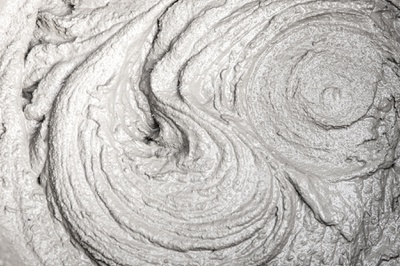
Structural multiscale modelling of printed materials
17 Februar 2022
Prof. Josef Kiendl, Professor für Baustatik, hat bei der Europäischen Kommission einen ERC Consolidator Grant zum Thema "Structural multiscale modelling of extrusion-based 3D and 4D printed materials / FDM^2" eingeworben.
Laufzeit: 01.04.2020 bis 31.03.2025
Förderer: European Commission - H2020-ERC Consolidator Grant
Fused Deposition Modelling (FDM) is a common 3D printing technology based on the extrusion of thermoplastic filaments. While it was initially used only for prototyping, it is nowadays shifting towards manufacturing of mechanical components. 4D printing is a very novel technology to produce smart materials and structures through 3D printing of shape memory materials. Due to the specific process of FDM, the material obtains a characteristic mesostructure, which can be controlled through the print process. It is well known that mechanical properties like strength and toughness of the printed material significantly differ from those of the filament material and that they depend on the mesostructure. However, a real understanding of the material behaviour and the governing phenomena is still missing. The common modelling approach is to consider it as a composite laminate. In this proposal, I show that such models cannot capture the complex behaviour of FDM materials beyond the linear elastic regime. I argue that it can only be understood by considering nonlinear effects at the mesostructure, which needs to be interpreted as a 3D structure of bonded fibres rather than an anisotropic solid. Based on these observations, I will develop a new theoretical and computational framework, where representative volume elements of the mesostructure are modelled as an arrangement of beams with adhesive bonding and are linked to the macroscale through a multiscale approach. To make such computations feasible, it will be necessary to adopt modelling simplifications and a major challenge will be to find the right level of simplification that still can capture the relevant effects. It will also require fundamental development of novel high-order/low-cost numerical methods. The results of the successful project will be a clear understanding of the mechanics of FDM materials as well as tools for the design, analysis, and optimization of FDM structural components.
Bild: © gettyimages/prescott09






